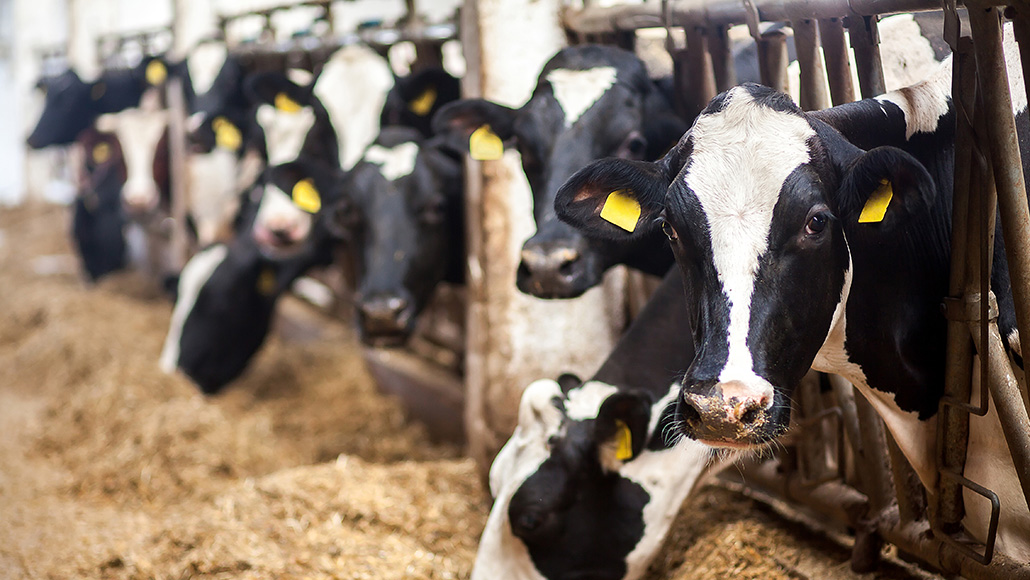50 years ago, scientists first investigated antibiotic resistance in livestock
Excerpt from the June 27, 1970 issue of Science News

Decades of research into the effects of feeding antibiotics to cows and other livestock to boost their growth has revealed that the practice can be problematic for humans.
Artem Zakharov/iStock/Getty Images Plus
